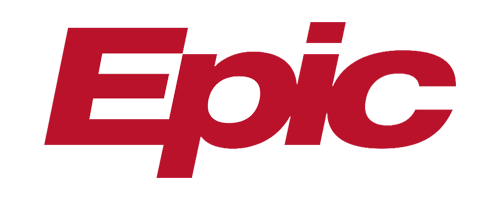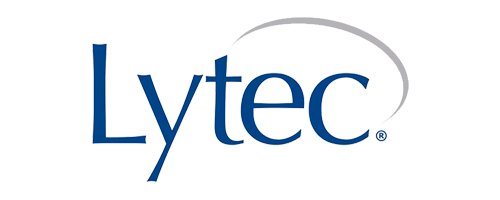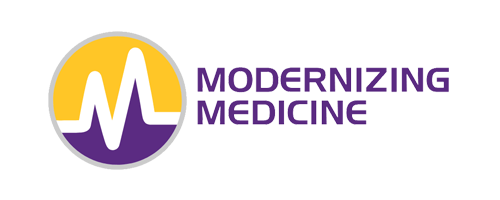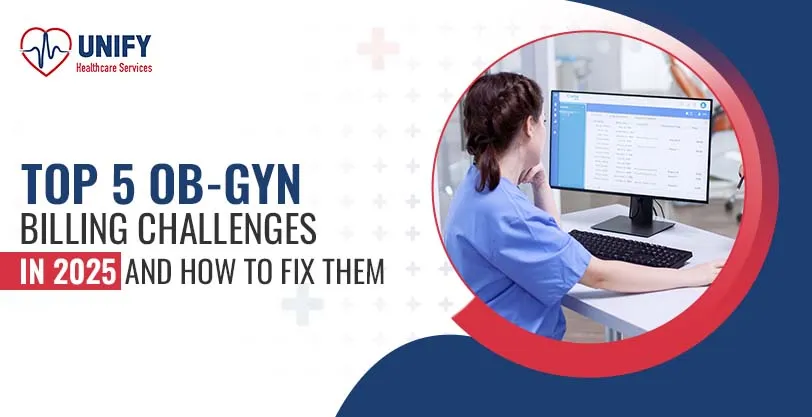Every medical practice including optometry is heavily dependent on patient payments which is around 40% of its total revenue. Efficient revenue cycle management is essential for the success of optometry billing and accounts receivable play an important role in the process.
As patient responsibility increases, being dependent on old and outdated accounts receivable systems will cost you thousands of dollars from uncollected payments.
For maintaining a healthy revenue cycle for your optometry practice, precision while billing is essential
Outdated accounts receivable will severely impact the profits and revenue streams, which is why partnering with an Optometry billing service provider is essential to maintain a smooth revenue cycle.
In this blog we will go through the importance of outsourcing Optometry billing for a hassle-free billing experience which will also improve your revenue cycle management.
First Let’s Understand What Old Accounts Receivable Is
Old accounts receivable in optometry billing depict unpaid claims and invoices which have been left unpaid for a long period. Basically, it refers to the overdue beyond the determined payment terms which accumulates due to a variety of reasons such as billing errors, insurance claim denials, and non-payment. Approximately 30% of claims have errors which disrupt the cashflow because of denial.
It poses a variety of challenges such as revenue loss, unsatisfied customers, and decrease in patient trust.
Some repeated errors with bills include improper diagnosis codes, incorrect CPT codes and duplicate claims. Even the minutest errors will lead to denial of claims resulting in uncertain revenue streams.
However, an effective accounts receivable management can take good care of an organization’s financial stability.
Consequences of Optometry Billing with Old Accounts Receivable
Inefficient accounts receivable management is the root cause of several problems such as:
Confusion Between Bad Debt & Overdue
If there is a confusion between which payments are never going to come and which payment is overdue, it will lead to mismanaged resources. This will result in future financial losses.
Ignored Overdue Accounts
If regular follow-ups are not done, it will just increase the number of overdue accounts which blocks the cash flow.
Clerical Mistakes
There are a variety of issues such as time constraints and lack of focus which results in billing mistakes.
Improper Bill & Payment Allocation
Unorganized records cause chaos which means that documentation and billing will be inaccurate, leading to denial. This will lead to huge financial losses in the future.
These issues affect the revenue cycle significantly and put unnecessary stress on your staff. This diverts a lot of attention from patient care to administrative tasks.
5 Key Benefits of Upgrading Optometry Billing system
Enhanced Accuracy & Efficiency
Automation can help significantly in minimizing errors and ensuring a robust and error free claim. Automated accounts receivable management system significantly reduces the chances of human error.
It helps you streamline your entire billing process from the patient’s first appointment to payment posting.
Improved Revenue Cycle Management
Advanced accounts receivable management system offers robust and reliable revenue cycle management tools which can help you track the claims at every single stage. It identifies the issues if any and ensures timely payments. This results in an improved cash flow and revenue.
Efficient Data Analysis
Modern accounts receivable management system brings along advanced analytics which helps organizations identify opportunities for revenue and operational inefficiencies. Data driven approach gives you the liberty of making informed decisions which results in the practice’s growth.
Built-In Compliance & Security
Organizations offering optometry billing services are compliant with HIPAA compliance and the guidelines set by the government. They ensure that the security of patient information is not compromised. This secures your practice and reduces the chances of potential fines and legal issues.
Reduced Costs & Increased Productivity
An automated Accounts Receivable Management system decreases the need for manual entry which saves a lot of time for your staff to focus on providing quality care. This also decreases the administrative burden, which lowers overhead costs and saves a lot of hassle for you and your staff. This will save you a lot of time and effort which you can utilize to provide better patient care.
Issues & Their Solutions for AR Management in Optometry Billing
Unorganized Data
Implementing a system to organize and update accounts receivable data is a good practice. Tracking payments, pending bills, and submitted claims, all can be very challenging without a well-organized system. Being updated about every claim status including accounts receivable in optometry billing is mandatory for a smooth revenue cycle.
Improper Training & Knowledge
The staff responsible for accounts receivable management must be provided extensive training so that they can proficiently handle the hectic tasks like insurance verification and Optometry billing. Practices must invest in training sessions and equip their staff with the required skills needed for efficient accounts receivable management.
Accounts Receivable Documentation
Accurate documentation and some ethical considerations are essential to avoid misunderstandings and maintain professionalism in accounts receivable. Optometry billing is a complex process so you must have the records of all the calls and conversations to maintain accurate documentation. This is also a requirement to adhere with the policies. A practice must establish a clear set of rules for accounts receivable to ensure consistency and professionalism.
Inefficient Patient Management
Communicating with patients about their financial responsibility prevents delays in payments. Also, updating patient and payer information regularly maintains a healthy relation between the patient and the organization. Once you take optometry billing services, they will automate the documentation so you will have the knowledge about the payment responsibility.
Lack of Time
Conventional accounts receivable techniques overload the administrative staff which can cause errors and discrepancies. Outsourcing Optometry billing services means that you and your staff can focus only on providing the best medical care to patients.
5 Steps to Upgrade Your Optometry Billing
Though it is advised that you outsource your optometry billing and coding to an Optometry Billing Services Provider, if you want to do it on your own, here are some tips to improve the efficiency of your process.
Evaluate Current Procedures
Find out the inefficiencies in your current optometry billing process and mark the areas which require improvement.
Plan & Implement
Create a strategic implementation plan which includes data migration and extensive staff training.
Execute Thoroughly
Devising a plan to capture the discrepancies and track the process is great for smooth functioning.
Post-Implementation
If you want to reach optimal efficiency you can also track the performance of the new system and make some appropriate adjustments.
How Outsourcing Can Help Your Optometry Billing
Paving through the complexities of Optometry billing is not an easy task. This is where Unify Healthcare Services comes in to share your load.
Unify Healthcare Services offers the best optometry billing services and has a long list of satisfied clients. It has professionally trained employees who are well-versed in all the coding and billing guidelines required for optometry billing.
Unify healthcare services will take care of all the documentation and make sure that all the claims are accurate before filing it so that there is no scope of errors. It envisions making billing hassle-free for all the providers so that they can focus completely on providing healthcare. Ultimately, it is better for patients and providers.

























 1.jpg)